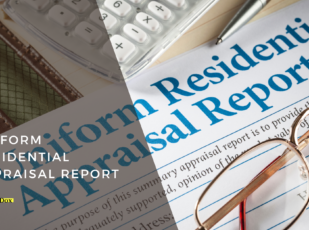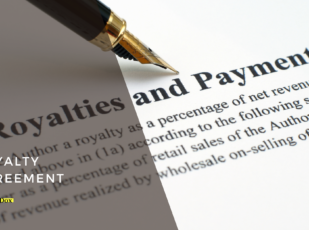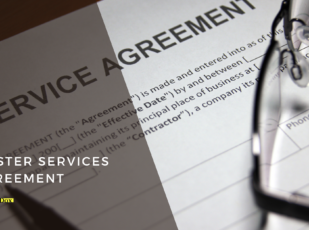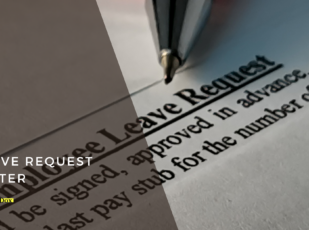
Memorandum of Understanding Template
6 Downloads
Commercial, Corporate
December 12, 2024
Sayantani Dutta
Establishing a clear, mutual agreement between parties before formalizing any partnership or project is extremely important. We live in the Information Age where collaborative work has been taken to the next level, with remote teams and partners separated by entire continents seamlessly working together in real time. The Memorandum of Understanding (MoU) is a document that facilitates this type of work. It outlines the intentions, roles, and responsibilities of all parties involved.
This guide covers the importance and purpose of the MoU and the potential pitfalls of not having one. In the end, we will also be telling you about FreshDox.com’s very own, comprehensive MoU Template, an essential tool for creating effective agreements for an ideal collaborative relationship.
What is a Memorandum of Understanding Template?
Unlike many other legal, professional, or business documents, the MoU has a lot of flexibility in what it contains. Every partnership is unique and concerns different variables—and as such, the purpose of this MoU document is to clearly outline all terms and rules regarding the unique situation of a particular partnership.
At its core, a Memorandum of Understanding is a versatile document that serves as a non-binding agreement between two (or more) parties. It clearly outlines the intention of the parties to work together towards a common goal. Unlike a contract, which is legally binding, an MoU is not legally enforceable.
It is a significant step toward a formal agreement. The entire agreement contains covenants in good faith. You insert activity you intend to cover in the agreement and build up the terms of this MoU, block by block. When done, the document outlines the core principles and ethics of two parties working together for certain objectives.
The MoU typically details the scope of the planned collaboration, the roles and responsibilities of each party, and the terms of the understanding. As such, it offers a clear framework for the partnership. A better way to look at it would be as a starting point with mutual consent where no warranties are being provided, rather than a contract that can help you out in times of disputes or in the case of non fulfilment of certain duties by either party.
Why is an MoU Important?
A Memorandum of Understanding is critical for several reasons—chief among them is its ability to mark the formal beginning of a partnership by documenting the intentions of all parties involved. This ensures that everyone is aligned with the project’s goals and expectations down to the last small detail.
Whereas many projects begin on a verbal understanding, the importance of formally aligning everyone to the objectives and goals cannot be overstated. It prevents misunderstandings and conflicts during the project’s lifecycle, for example. What’s more, an MoU also facilitates smoother negotiations and serves as a foundation for more detailed, legally binding agreements in the future, as and when needed.
If you want transparency, mutual respect, and the elimination of any ambiguity in your project to create a positive environment and demonstrate a professional commitment, there is simply nothing better for the job than a Memorandum of Understanding.
With this document, the authorized officials can take the next steps, come back to vital points, and avoid any problems that might happen until the end date of partnership.
What Happens if There’s No MoU?
If there is no Memorandum of Understanding signed by the parties before beginning a venture together, you are looking at problems down the line. Without a professional start, you can expect to run into a myriad of problems over the lifecycle of the collaboration or project.
And it is not just about operating without an MoU, but even if you are relying on a half-baked, inadequate, or vague template for your MoU needs, you are essentially running into similar risks. If there is no clear agreement, then there is a risk of misaligned expectations regarding the roles, responsibilities, and project outcomes.
In turn, all this vagueness, misalignment, and ambiguity can lead to conflicts, delays, and potentially the breakdown of the partnership before any formal contract is signed.
If you are serious about a project, then at some point, you will need more robust protections and legal agreements. Creating and signing those also becomes difficult if there is no well-documented understanding from the very beginning. This hinders the project’s progress and success.
Key Elements of a Memorandum of Understanding
A comprehensive Memorandum of Understanding should include all details about the collaboration or partnership that the venture or project is going to require. Generally speaking, the MoU needs to have the details of all parties and their contact information, the effective date of the MoU, the initiatives that need to be taken, the nature and scope of the collaboration, clearly defined goals, and, of course, the timelines to meet above goals over the duration this MoU.
Here is a step-by-step breakdown of what to include in your MoU:
- Introduction of Parties: Names and details of all parties involved.
- Purpose of the MoU: Clearly states the mutual goals and objectives.
- Scope of Work: Describes the project or partnership’s nature and its boundaries.
- Roles and Responsibilities: Outlines what is expected from each party.
- Terms and Conditions: Includes any terms agreed upon, such as confidentiality, timeline, and resource allocation.
- Dispute Resolution: Procedures for handling disagreements.
- Signatures: Although not legally binding, signatures from all parties acknowledge the MoU’s terms.
In the end, the idea is to ensure that all parties have a mutual understanding of the agreement’s scope. This not only formalizes the project but also helps reduce the risk of future conflicts or confusion about who is supposed to do what or how much.
The Perfect Customizable MoU Template for All Needs!
Establishing an effective partnership can be complex—more so than most imagine. If only more people knew just how many collaborative projects and vaguely communicated business ventures are shattered before they can earn a single penny, they would understand the importance of having a formal starting point!
Here at FreshDox.com, we understand this need. It is very important to start a project or partnership based on a mutual agreement with formal, measurable goals and objectives on one side, and well-defined roles and responsibilities on the other. This also paves the way for more detailed and possibly binding agreements down the line.
That is why we have the perfect template for you. Our professionally designed Memorandum of Understanding Template is designed to cover all essential aspects of an agreement between two or more parties—ranging from outlining the collaboration’s scope to detailing the roles and responsibilities of all parties involved.
Subscribe to FreshDox.com today and gain access to our extensive library of legal, professional, and business document templates that are fully customizable and available in both Word and PDF formats, including our Memorandum of Understanding Template.
Our service comes with a 14-day trial period for new users, allowing you complete access to both our membership programs—Basic and Premium. With the Basic Plan, you have access to customize and download up to three documents every month, which is ideal for smaller or one-off requirements. On the other hand, our Premium Plan is ideal for professionals who have a regular need for various document templates, as it allows unlimited downloads.
If you want to formalize multiple partnerships, there is no better way to do that than with FreshDox.com’s comprehensive and professionally crafted MoU template!
With our template, you have the assurance that your collaborations will be based on a clear, mutual understanding. This will not only safeguard the interests of all parties but set a strong foundation for a successful partnership. So, what are you waiting for?! Sign up for FreshDox.com today and take the first step towards creating effective and transparent partnerships with our expertly crafted Memorandum of Understanding Template.
Popular searches:
- Memorandum of Understanding Template pdf
- Memorandum of Understanding Template sample
- Memorandum of Understanding Template download
- Memorandum of Understanding Template format
- Memorandum of Understanding Template template
- Memorandum of Understanding Template word
- Memorandum of Understanding Template free
Related Templates
Discover more templates that align with your needs and preferences.

Ready to Sign Up?
Sign up for FreshDox.com’s 7-day trial and discover why so many individuals and businesses trust us for their legal document template needs.
- Cancel any time
- 7-day free trial
- From 300+ Customer Reviews
















